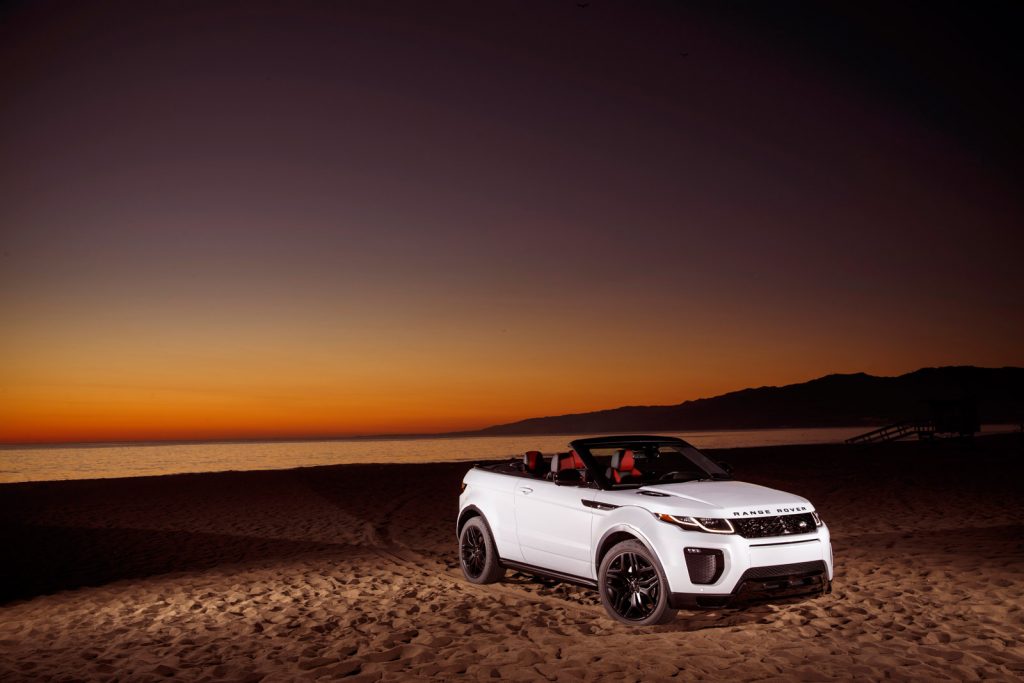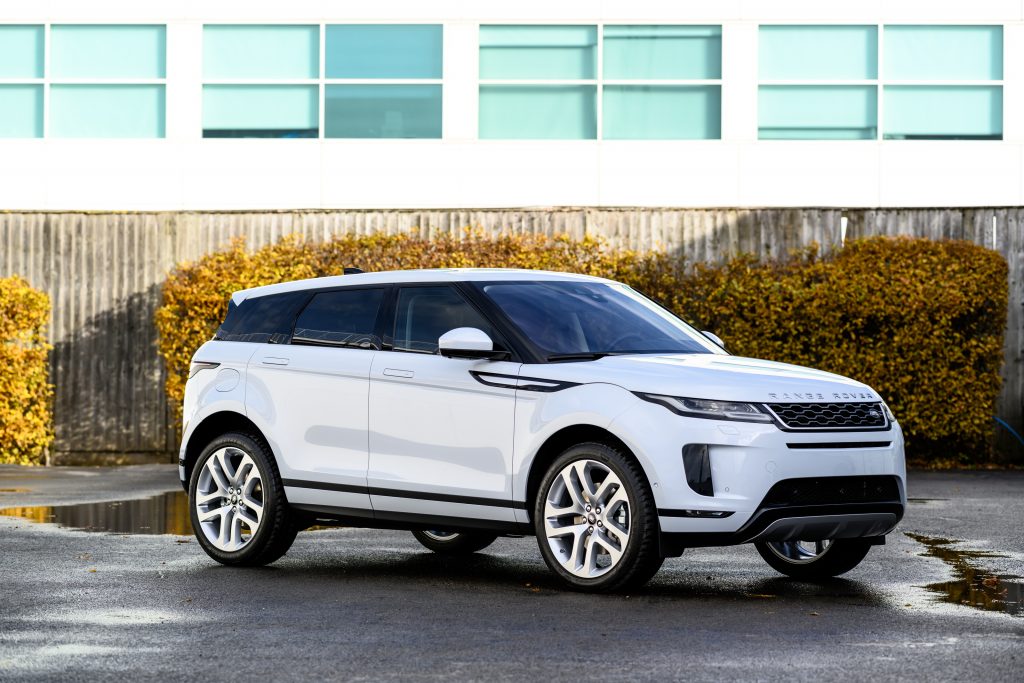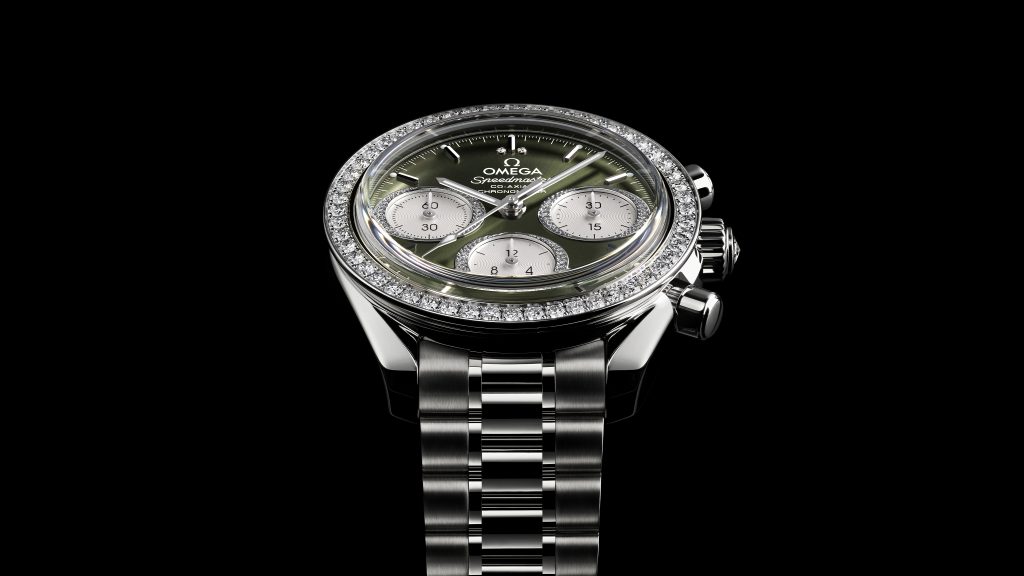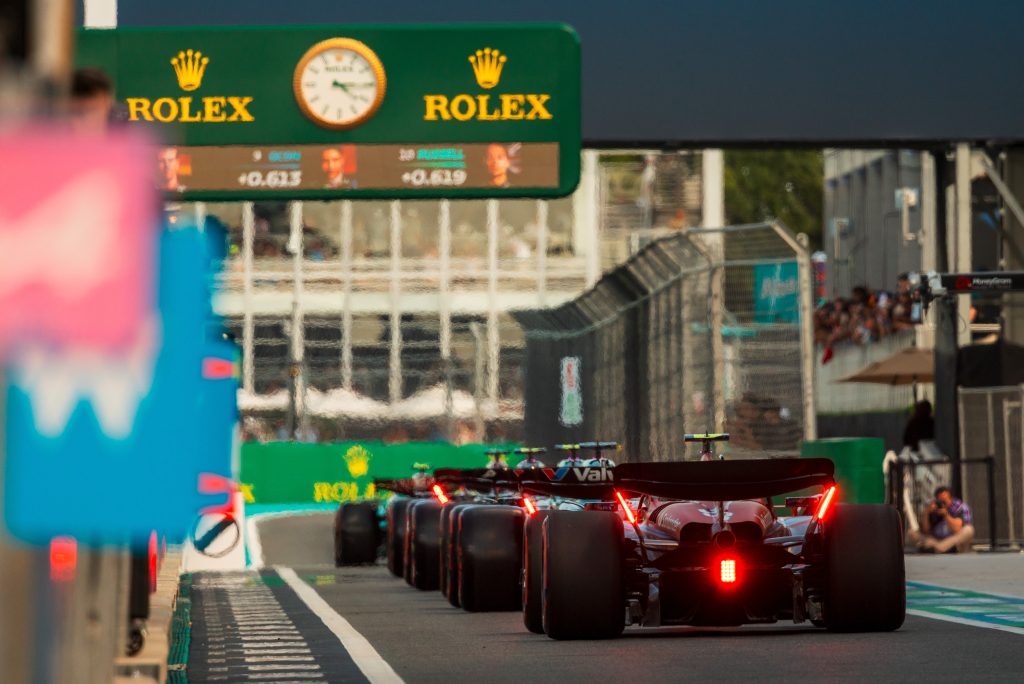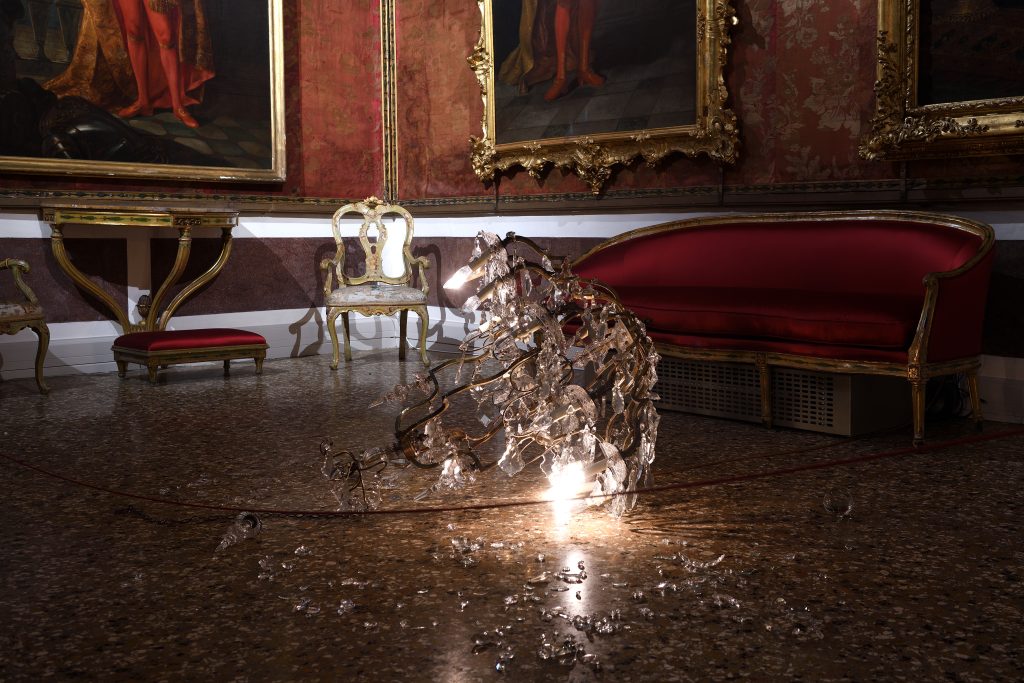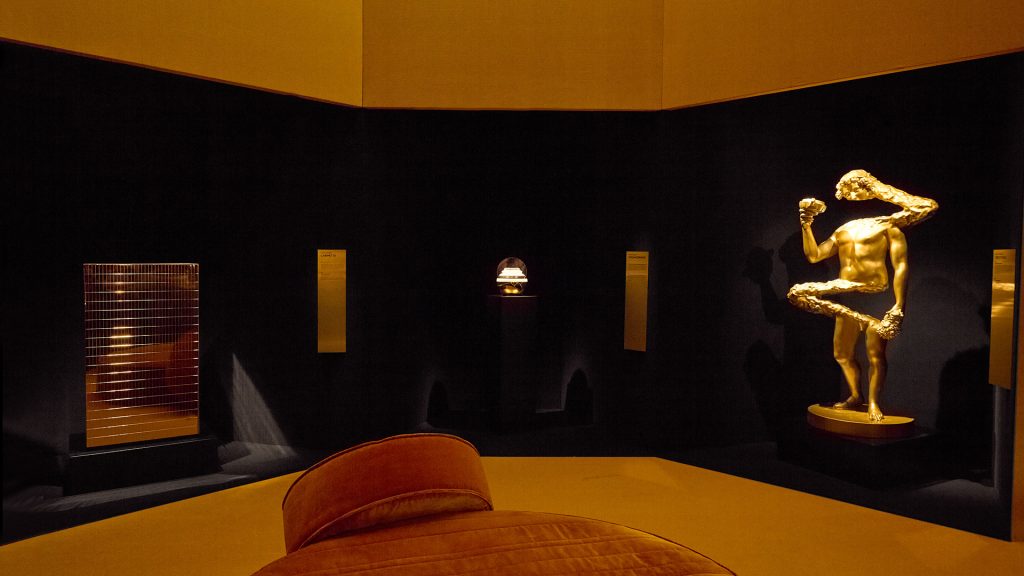Test Drive: The 2017 Range Rover Evoque Convertible
Land Rover’s latest launch is an unexpected delight

The all-new Range Rover Evoque Convertible is a fantastically silly car that might appeal to few, but for the outliers among us it’s a delight. While a convertible SUV is somewhat foreign to the Western world, it’s merely a luxurious reinterpretation of something between the classic African open-air safari vehicle and a Jeep Wrangler. And after spending a couple days in one, it’s actually more satisfying than it is silly.

Disclosure: my relationship with the Evoque goes back to attending its launch at the Paris Motor Show in 2010 to see the car first-hand and shortly thereafter becoming a brand ambassador, aka “City Shaper.” I participated in the journey that not only introduced Land Rover’s smallest SUV to the world, but also ushered in a new design language for the Range Rover family as led by Gerry McGovern (discussed in this video). The crisp, geometric angles that converge a rising waistline and falling roof line on the Evoque were carried through to the Range Rover and Range Rover Sport, respectively. While bold and distinctive, the path of Land Rover over the last five years has remained safe. Until now. The Evoque Convertible isn’t going to be their next best seller, but they made it anyway—which is highly respectable.

The soft convertible top doesn’t quite maintain the same profile as the original vehicle, yet does still have a slight slope to the roofline. But this vehicle is all about being topless so, without the roof, the key defining element is the rising waistline. Combined with the distinctive clamshell bonnet and generous backside, it’s still clearly an Evoque in its proportions. And it’s worth noting that when the rag-top is up, the cabin is remarkably quiet.

While the car isn’t as capable as a proper safari Defender, one can imagine opportunities to enjoy a convertible SUV that leverage its off-road functionalities. To give journalists one of these chances, the brand invited us to Courchevel: a luxurious ski destination in the French Alps where we saw many, many Range Rovers among the natives. Our tests included windy mountain roads, muddy logging tracks, an off-road test track and a lot of on-snow driving. The result: Land Rover’s Evoque Convertible is just as capable as its hard-top sibling. This mainly comes from the frame being reinforced to compensate for the structural integrity lost with the roof.

The original Evoque was available with two or four doors, though the latter has dominated sales. The convertible—with its easy access while the top is down—makes sense as a two-door. It’s not a stretch to imagine all two-door Evoques being topless, in fact.
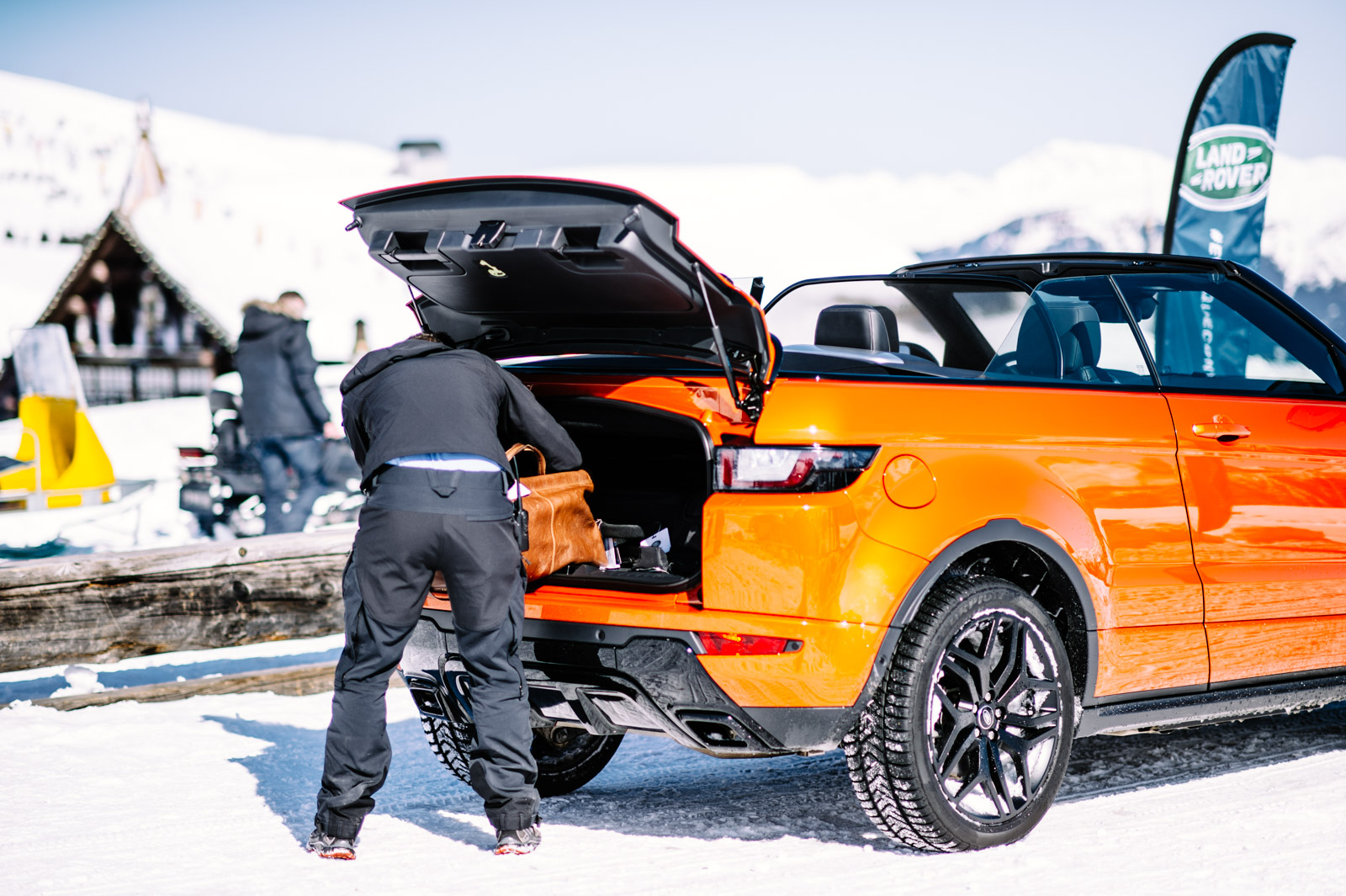
Heated seats, a heated steering wheel and well-designed cabin airflow mean that driving with the top down in winter weather was perfectly satisfying. For summer months the seats have built-in cooling and, of course, there’s air conditioning. The biggest sacrifice the Evoque makes to become a convertible is the loss of trunk space. The boot is now very small—it can hold two wheeled roll-aboard bags and a couple smaller items. There is a “ski-hatch” to pass snow skis through to the main cabin. Unfortunately for the snowboarders among us, it is too slim to fit a board.

The other noteworthy upgrade is the Evoque’s “In Control Touch Pro” nav system. The all-new, super-wide 10.2-inch screen is backed by a faster, smarter system for navigation, entertainment and system control. And many of the previous generation’s physical buttons have been moved to the screen which further simplifies the layout of the center stack.
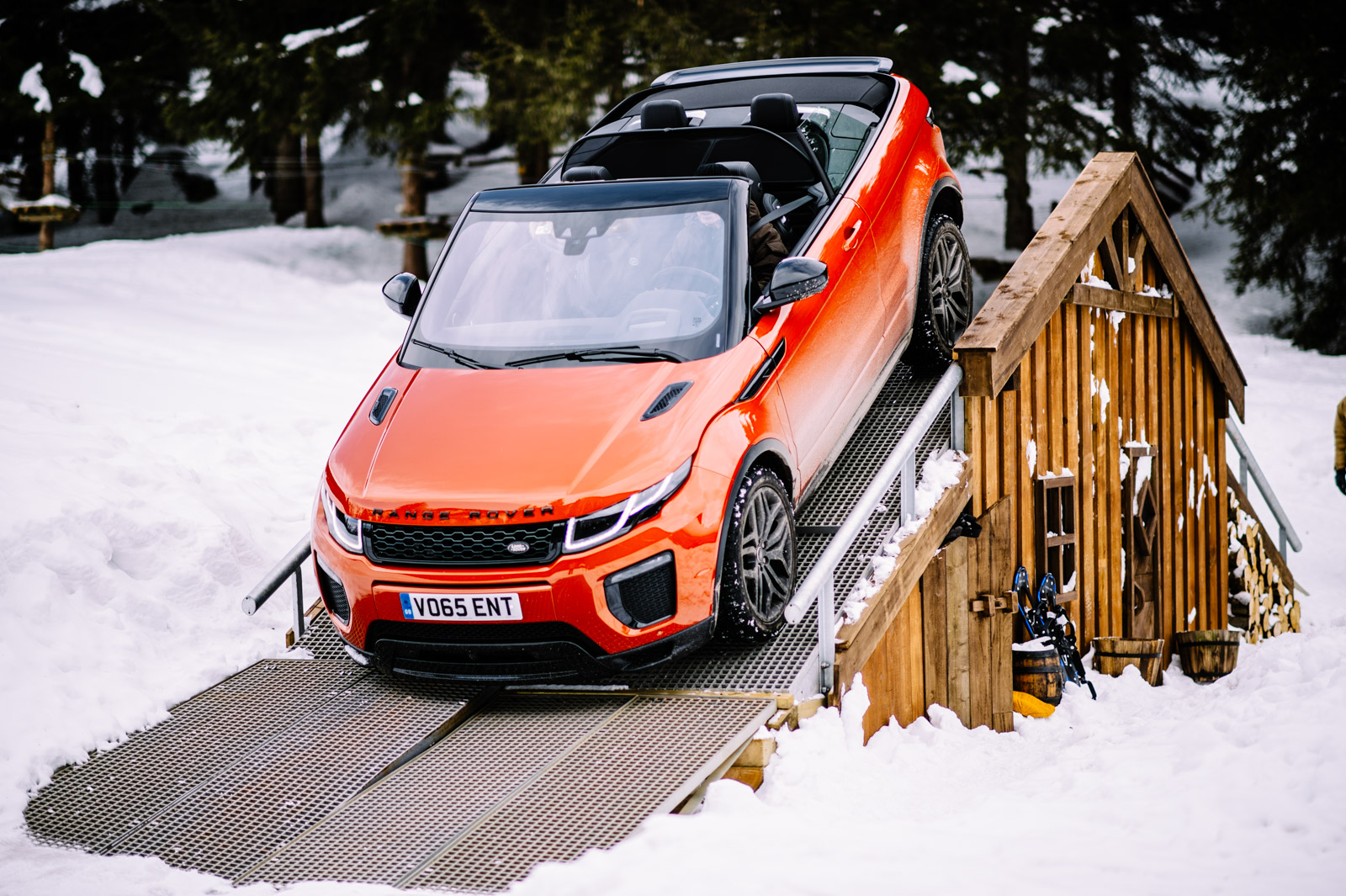
Built in Halewood, England, the Range Rover Evoque Convertible will be priced starting around $51,000, with customer deliveries beginning this spring.
Interior image courtesy of Land Rover, all others by Josh Rubin
